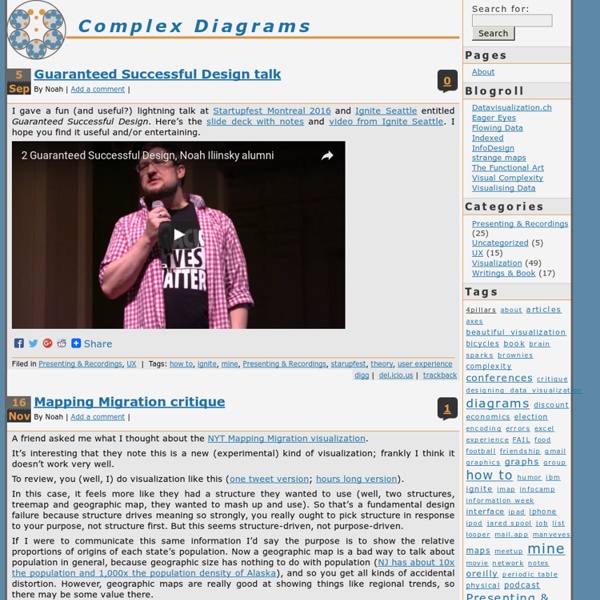



DataArt on BBC Backstage - Visualisations blprnt.blg | Jer Thorp Public Data Sets on Amazon Web Services (AWS) Click here for the detailed list of available data sets. Here are some examples of popular Public Data Sets: NASA NEX: A collection of Earth science data sets maintained by NASA, including climate change projections and satellite images of the Earth's surfaceCommon Crawl Corpus: A corpus of web crawl data composed of over 5 billion web pages1000 Genomes Project: A detailed map of human genetic variation Google Books Ngrams: A data set containing Google Books n-gram corpusesUS Census Data: US demographic data from 1980, 1990, and 2000 US CensusesFreebase Data Dump: A data dump of all the current facts and assertions in the Freebase system, an open database covering millions of topics The data sets are hosted in two possible formats: Amazon Elastic Block Store (Amazon EBS) snapshots and/or Amazon Simple Storage Service (Amazon S3) buckets. If you have any questions or want to participate in our Public Data Sets community, please visit our Public Data Sets forum .
Datavisualization public data Indicateurs de développement humain Rapport sur le développement humain 2013, Programme des Nations Unies pour le développement Les données utilisées pour calculer l'Indice de développement humain (IDH) et autres indices composites présentés dans le Rapport sur le développement humain ... Eurostat, Indicateurs démographiques Eurostat Indicateurs démographiques annuels. Chômage en Europe (données mensuelles) données sur le chômage harmonisé pour les pays européens. Salaire minimum en Europe Salaire mensuel brut minimum en euros ou parités de pouvoir d'achat, données semi-annuelles. Dette publique en Europe Statistiques sur les finances publiques des pays européens.
Gephi, an open source graph visualization and manipulation software JESS3™ Statistical modeling, causal inference, and social science: Blog of Andrew Gelman's research group, featuring Bayesian statistics, multilevel modeling, causal inference, political science, decision theory, public health, sociology, economics, and literatu logTool: Revealing the Hidden Patterns of Online Surfing Behavior logTool [onformative.com] is a data visualization tool that displays your online activity, based on data from the powerful network packet sniffing tool Carnivore. By analyzing the different IP addresses and ports, the visualization is able to determine and represent what kind of application or service sends or receives the packets. Developed for the magazine Weave, logTool was used to digest the surfing behavior of several interaction designers, artists and developers. The time period of a whole day was split into 288 timeslots, 5 minutes each, represented by a radial bar graph. Both tool and source code can be freely downloaded. See also Nebul.us and EyeBrowse.